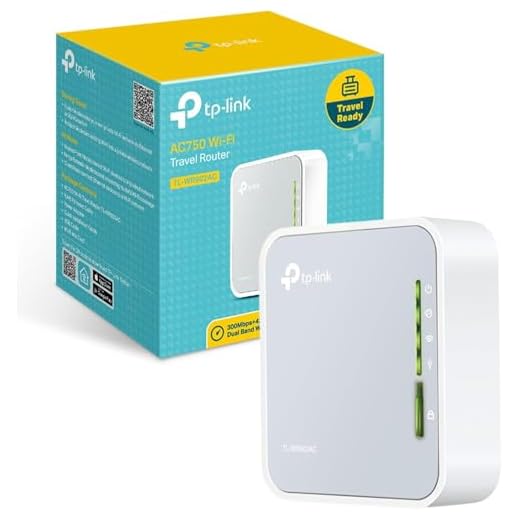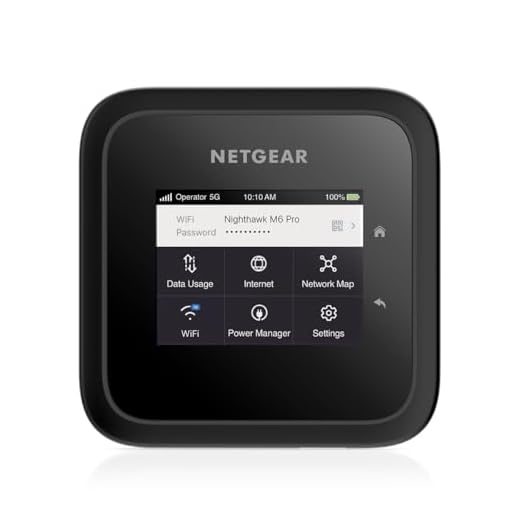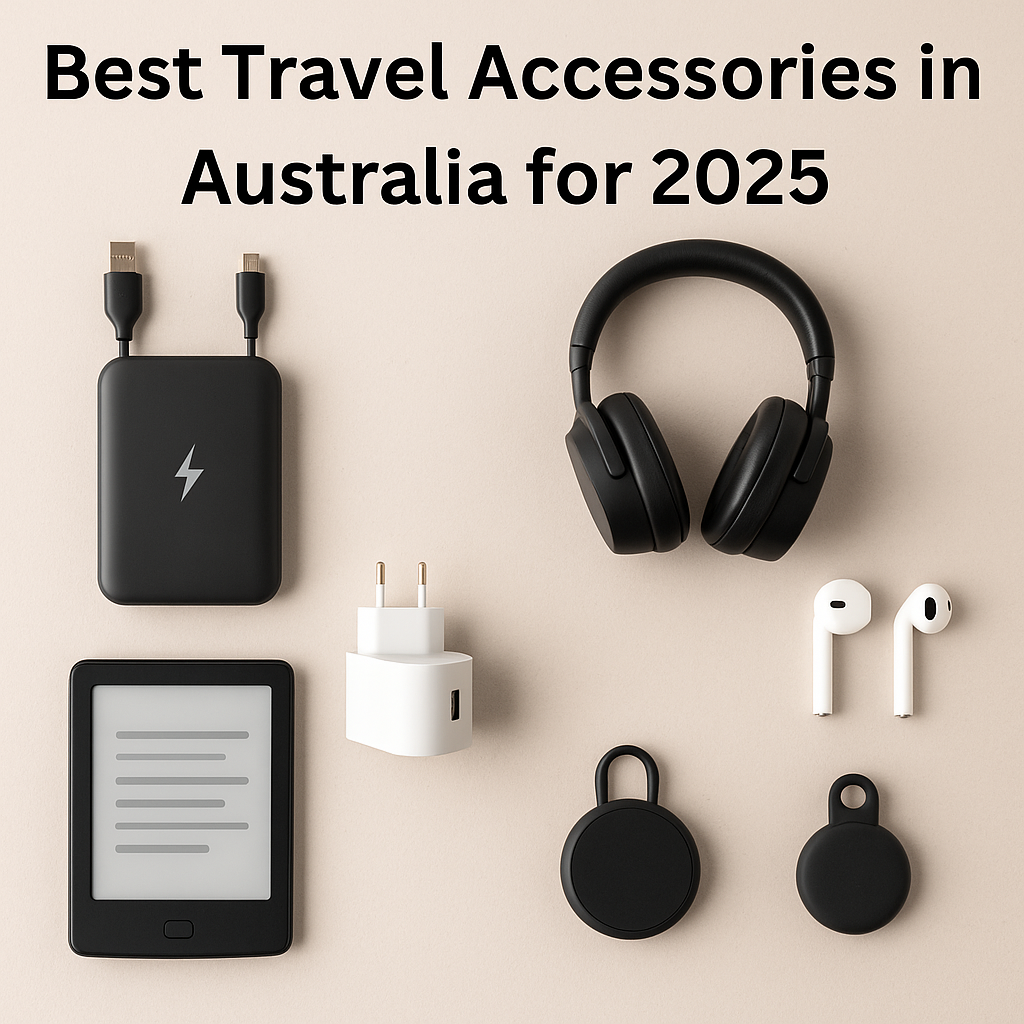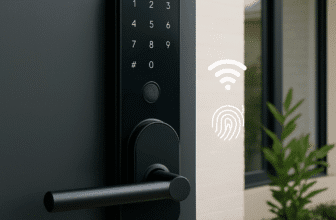Best Travel Router Australia: Portable WiFi Solutions for Digital Nomads (2025)
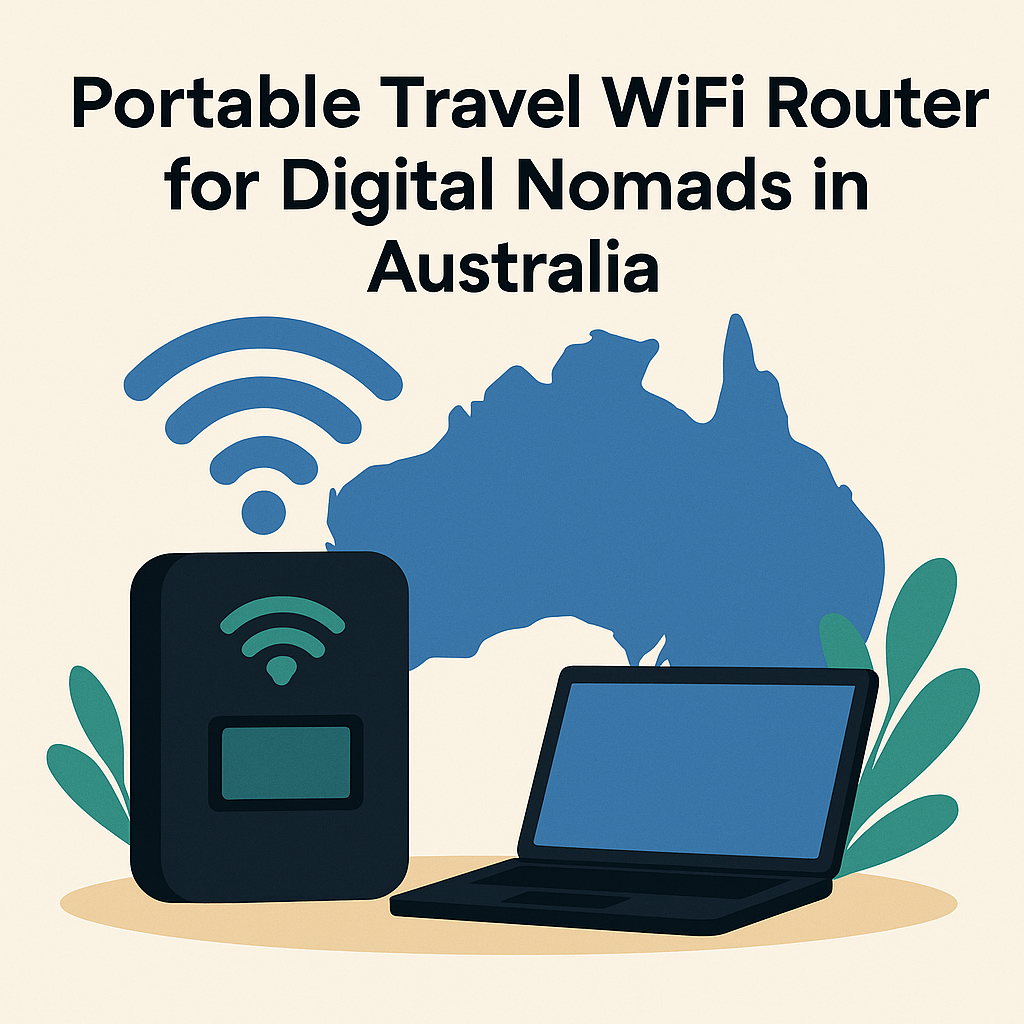
Finding the best travel router Australia has to offer is crucial for digital nomads and frequent travellers who need reliable internet access wherever their adventures take them. Portable travel WiFi routers have become essential tools in today’s hyper-connected world, whether you’re working from a remote Australian outback location, a bustling café in Bali, or a hotel room in Tokyo. Having your own dedicated travel router can make the difference between productivity and frustration. This comprehensive guide explores the best travel routers available on Amazon Australia in 2025, helping you choose the perfect device to stay connected on the move.
Table of Contents
Why Digital Nomads Need a Travel Router
The Importance of Staying Connected Securely
For digital nomads, internet connectivity isn’t just convenience—it’s the lifeline of their livelihood. However, relying solely on public WiFi networks presents significant challenges. Hotel WiFi is often unreliable, slow, or overcrowded, whilst public networks in cafés and airports pose serious security risks. A travel router with VPN capabilities provides a secure, private connection that protects your sensitive data from potential threats.
Hotel WiFi vs. Dedicated Portable Routers
Hotel WiFi networks frequently limit the number of devices you can connect, force you through cumbersome login portals, and provide inconsistent speeds. Additionally, these networks are shared among hundreds of users, creating bandwidth bottlenecks during peak hours. A dedicated travel router creates your own private network, allowing you to connect multiple devices securely whilst maintaining consistent performance.
Advantages of SIM-Based Mobile Routers
Travel routers with built-in SIM card slots offer the ultimate flexibility for digital nomads. These devices provide internet access anywhere there’s mobile coverage, making them particularly valuable for exploring remote areas of Australia where hotel WiFi might be non-existent. Furthermore, using local SIM cards can often provide faster speeds and better value compared to international roaming charges.
Best Travel Router Australia: Top Picks for Nomads (2025)
GL.iNet GL-AXT1800 (Slate AX) – Best Wi-Fi 6 Travel Router
The GL.iNet Slate AX represents the cutting edge of portable WiFi for travel, offering Wi-Fi 6 (AX1800) speeds in an incredibly compact form factor. This powerhouse device features dual-band connectivity, supporting theoretical speeds up to 1,200 Mbps on the 5GHz band and 600 Mbps on 2.4GHz. The foldable external antennas provide excellent range whilst maintaining portability, and the device supports up to 120 simultaneous connections.
Key Features:
- Wi-Fi 6 (802.11ax) with AX1800 speeds
- Built-in VPN client supporting OpenVPN and WireGuard protocols
- Two Gigabit Ethernet ports for wired connections
- Integrated AdGuard Home for ad-blocking
- Compact size (161 × 115 × 32 mm)
- Powered via USB-C
Best For: Tech-savvy nomads who prioritise security and performance when connecting to existing networks.
Price: Approximately AUD $150–$180
TP-Link TL-WR902AC – Best Budget Travel Router
The TP-Link TL-WR902AC proves that effective travel connectivity doesn’t require breaking the bank. This ultra-compact router (measuring just 6×6 cm) transforms any wired or wireless connection into a secure WiFi network for your devices. Despite its budget-friendly price point, it offers impressive versatility with multiple operation modes including router, hotspot, range extender, client, and access point configurations.
Key Features:
- AC750 dual-band WiFi (300 Mbps on 2.4GHz + 433 Mbps on 5GHz)
- Multiple operation modes for various scenarios
- USB 2.0 port for file sharing or 3G/4G dongle support
- Micro-USB powered (compatible with power banks)
- Extremely portable design
Best For: Budget-conscious travellers who need basic WiFi sharing capabilities.
Price: Approximately AUD $50
GL.iNet GL-E750 (Mudi V2) – Best SIM-Enabled Travel Router
The GL.iNet Mudi V2 is the ultimate solution for digital nomad WiFi needs, combining 4G LTE connectivity with advanced security features. This device creates true independence from external networks by accepting nano SIM cards and providing internet access wherever mobile coverage exists. The substantial 7,000 mAh battery ensures extended operation and can even serve as a power bank for your other devices.
Key Features:
- 4G LTE modem with nano SIM slot
- 7,000 mAh rechargeable battery (up to 12 hours operation)
- Dual-band AC750 WiFi supporting up to 10 devices
- Built-in VPN client (OpenVPN/WireGuard) and Tor support
- MicroSD slot supporting up to 1TB for file sharing
- Multi-WAN failover capability
Best For: Digital nomads who travel to remote areas or need complete network independence.
Price: Approximately AUD $300
Netgear Nighthawk M6 Pro – Best 5G Mobile Hotspot for Speed
The Netgear Nighthawk M6 Pro represents the pinnacle of mobile connectivity technology, offering 5G speeds and Wi-Fi 6E capabilities. This premium device delivers multi-gigabit internet access where 5G networks are available, making it perfect for data-intensive work such as video conferencing, large file uploads, or content creation. The 2.5 Gbps Ethernet port provides flexibility for both WAN and LAN connections.
Key Features:
- 5G mobile connectivity with unlocked SIM support
- Wi-Fi 6E tri-band (AXE3600) supporting up to 32 devices
- 2.5 Gbps Ethernet port for high-speed wired connections
- Touchscreen interface for easy configuration
- Rechargeable battery for wireless operation
- Premium build quality and performance
Best For: Professional nomads requiring maximum speed and connectivity options.
Price: Approximately AUD $800–$1,100
Key Features to Consider When Choosing a Portable Router
Wi-Fi Standards (Wi-Fi 5, Wi-Fi 6, Wi-Fi 6E)
Modern travel routers support various WiFi standards, each offering different performance characteristics. Wi-Fi 5 (802.11ac) provides adequate performance for most users, whilst Wi-Fi 6 (802.11ax) offers improved efficiency and speed, particularly in congested environments. Wi-Fi 6E extends these benefits to the 6GHz band, providing additional spectrum for reduced interference.
VPN Functionality and Security
Security should be paramount when selecting a travel router with VPN capabilities. Look for devices supporting modern VPN protocols like WireGuard, which offers excellent performance with minimal battery impact. Built-in VPN clients eliminate the need to configure VPN software on each device, providing network-wide protection.
SIM Support and Mobile Bands in Australia
For Australian travellers, ensuring compatibility with local mobile bands is crucial. Australian networks primarily use bands 1, 3, 7, 8, 20, 28, and 40 for 4G LTE, whilst 5G deployments utilise bands n1, n3, n28, n78, and n258. Verify your chosen router supports these frequencies for optimal performance across Australian networks.
Battery vs. USB-Powered
Consider your power requirements carefully. Battery-powered routers offer true mobility but require regular charging. USB-powered devices are lighter and can run indefinitely when connected to power banks or laptops, making them ideal for stationary use in hotels or cafés.
Portability and Size
Travel routers should balance functionality with portability. Ultra-compact devices fit easily in pockets but may sacrifice features like external antennas or multiple ports. Consider your typical travel scenarios when evaluating size versus capability trade-offs.
Ease of Use/Setup
User-friendly interfaces significantly impact your travel experience. Look for routers with intuitive web interfaces or mobile apps that simplify configuration. Features like automatic carrier settings and one-click VPN activation can save considerable setup time.
Best Travel Router Australia: Comparison Table
| Model | Wi-Fi Standard | VPN Support | SIM Support | Price (AUD) | Best For |
|---|---|---|---|---|---|
| GL.iNet GL-AXT1800 | Wi-Fi 6 (AX1800) | Yes (OpenVPN/WireGuard) | No | $150-$180 | Security-focused users |
| TP-Link TL-WR902AC | Wi-Fi 5 (AC750) | Manual setup required | Via USB dongle | $50 | Budget travellers |
| GL.iNet GL-E750 | Wi-Fi 5 (AC750) | Yes (OpenVPN/WireGuard) | Yes (4G LTE) | $300 | Remote area connectivity |
| Netgear M6 Pro | Wi-Fi 6E (AXE3600) | Limited | Yes (5G) | $800-$1,100 | Professional nomads |
Frequently Asked Questions (FAQs)
Can I use these routers overseas?
Yes, most modern travel routers work globally, though you should verify several factors before travelling. For SIM-enabled routers, ensure the device supports the mobile bands used in your destination country. Additionally, check that the router is unlocked for international carriers. USB-powered and WiFi-only models typically work anywhere with appropriate power adapters.
How do travel routers work with hotel WiFi?
Travel routers connect to hotel WiFi just like your laptop or phone, then create a new, secure network for your devices. This approach provides several advantages: you only need to authenticate once with the hotel’s captive portal, all your devices share this single connection, and you can add VPN protection for the entire network. Many routers can also amplify weak hotel WiFi signals.
Do I need a SIM card?
SIM cards are only necessary for routers with built-in cellular modems. WiFi-only routers rely on existing internet connections (hotel WiFi, ethernet, or tethered phones) to provide connectivity. However, SIM-enabled routers offer maximum flexibility, allowing internet access anywhere with mobile coverage—particularly valuable for remote work locations or as backup connectivity.
Are travel routers safe to use on public networks?
Travel routers significantly improve security when using public networks, especially when equipped with VPN capabilities. They create a private network bubble around your devices, preventing direct connection to potentially compromised public WiFi. However, always enable VPN functionality and keep your router’s firmware updated for maximum protection.
Final Thoughts: Staying Connected on the Move
Choosing the right portable travel WiFi router depends on your specific travel style, budget, and connectivity requirements. Budget-conscious travellers might find the TP-Link TL-WR902AC perfectly adequate for basic WiFi sharing, whilst digital nomads working in remote locations will benefit from the cellular capabilities of the GL.iNet GL-E750. For those requiring cutting-edge performance, the Netgear Nighthawk M6 Pro delivers unparalleled speed and features.
Regardless of your choice, always prioritise security by enabling VPN functionality and keeping firmware updated. Additionally, research carrier compatibility and mobile band support before purchasing, especially if you plan to use SIM-enabled routers internationally.
The investment in a quality travel router pays dividends through improved productivity, enhanced security, and the freedom to work from virtually anywhere. As remote work continues to evolve, these compact devices become increasingly essential tools for maintaining professional connectivity whilst exploring the world.
Remember to always verify router specifications and carrier compatibility before making your final purchase decision, ensuring your chosen device meets both your current needs and future travel plans.



